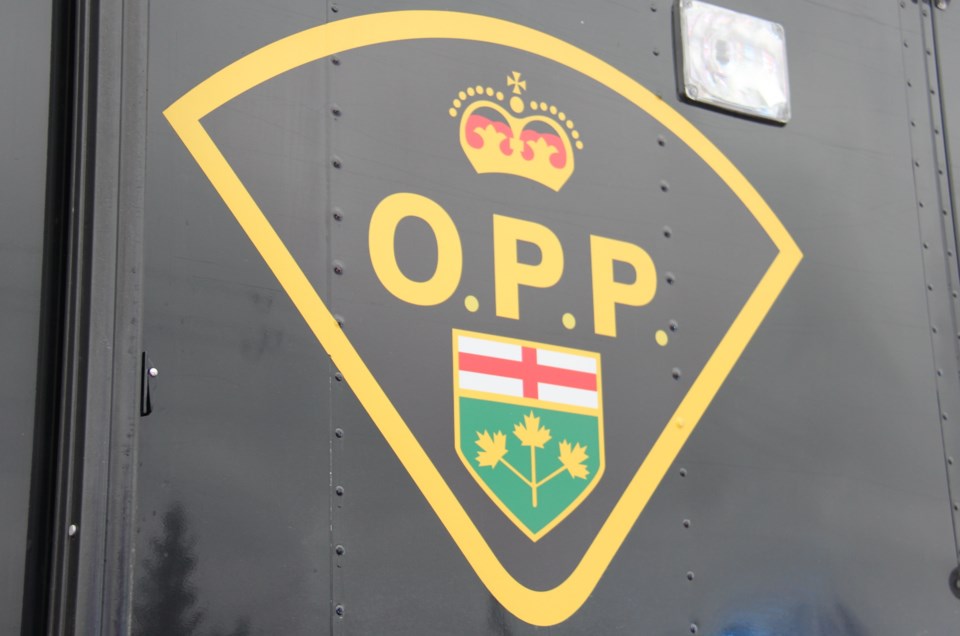NEWS RELEASE
ONTARIO PROVINCIAL POLICE
*************************
SOUTH PORCUPINE – The South Porcupine Detachment of the Ontario Provincial Police (OPP) is urging the motoring public to beware of moose along the highway while out driving.
As warmer weather approaches, moose can be found more frequently along the roadway to take advantage of the wet ditches and vegetation.
Detachment Commander Staff Sergeant Dan Foy states, “The OPP is concerned primarily about public safety. Education is one means we are using to potentially help motorists avoid a collision with a moose or other wild animals.”
Drivers can do the following things to help prevent and/or avoid collisions.
-
Follow the speed limit. It is much easier to stop a vehicle that is not going too fast.
-
Scan the shoulders of the highways so an errant moose may be spotted before it makes its way onto the road. Have any passengers in the vehicle do this also.
-
Be particularly vigilant during the hours of dawn and dusk when moose are harder to see.
-
Be aware of moose crossing signage. Those signs are strategically placed where more moose are congregating.
-
If a moose is on the highway, pull over to the right onto the shoulder, turn on your hazard lights and wait for the animal to move. Do not honk your horn or scare the moose.
-
If your vehicle is involved in a collision with a moose, phone your local police so both your vehicle and the moose can be removed from the Highway quickly.
*************************
KIRKLAND LAKE - The Kirkland Lake OPP reminds motorists that there is a greater occurrence of wildlife crossings and sightings on our highways, roads and roadsides.
Large wildlife such as deer, moose and bears are more mobile at this time of the year when searching for food and trying to get relief from insects.
They are often spotted near or on roads and highways during their travels.
The OPP would like to emphasize some important points when dealing with the sudden emergence of large wildlife onto our highways, roads and at the side of the road.
It is important to remember that deer and moose crossing signs are only posted where there are frequent sightings and crossings.
The reality is that these animals can be seen anywhere at any time, therefore we should never lower our level of awareness even when driving in areas that are absent of these signs.'
When driving at night, it is important to use your high beams whenever possible.
If you do encounter large wildlife such as deer or moose on the road and can safely avoid hitting them, do so, but be absolutely certain that oncoming traffic or soft shoulders don’t put you and others at risk.
Do not direct your full attention to the animal when you take measures to avoid hitting it, because you will hit it every time.
Instead, focus your attention on the alternate route you decide to take, again only if this manoeuvre doesn’t place you and others in danger.
Detachment Commander Staff Sergeant Rick Witty states, “When travelling our roads and highways, we must always be mindful of the wildlife around us, particularly at night, and when their seasonal habits and behaviours result in increased sightings and encounters. They don’t know better, we do.”
*************************



